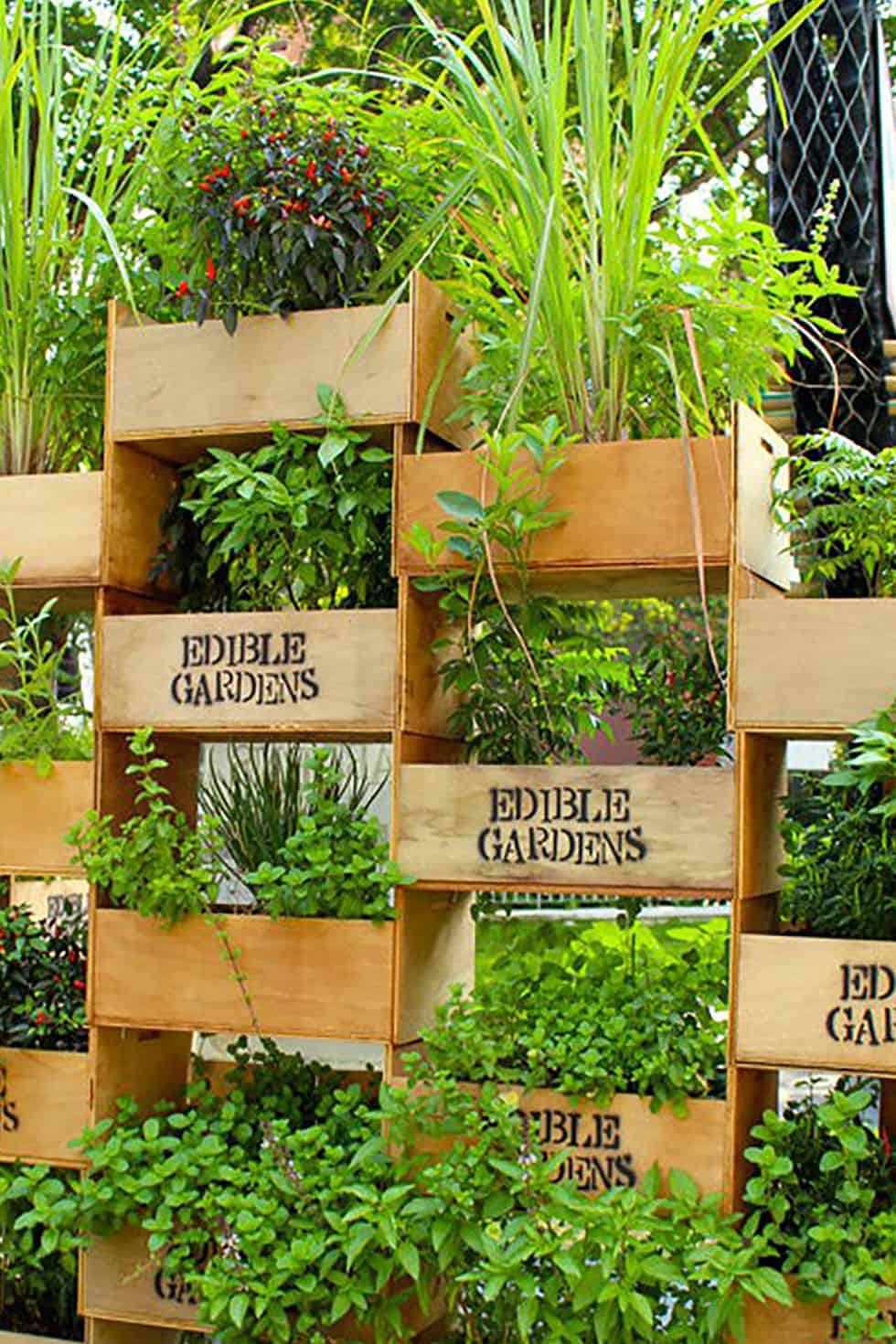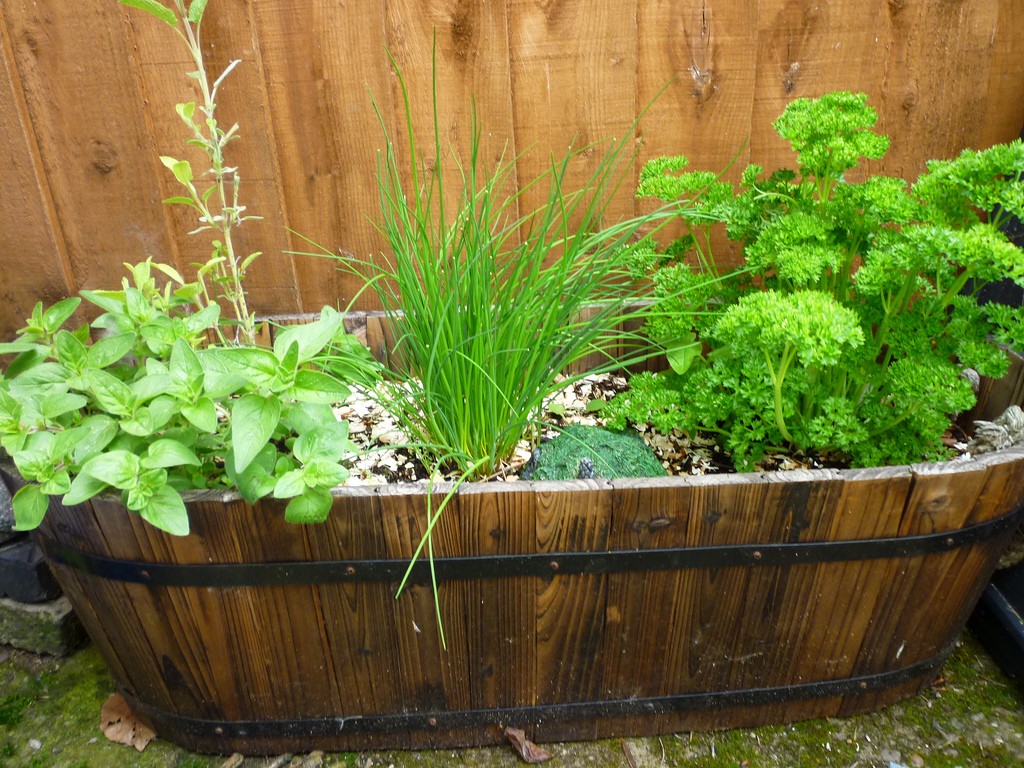How to Choose the Best Plants for a Vertical Herb Garden

Imagine transforming a bland wall or fence into a lush, fragrant oasis teeming with life. A vertical herb garden can do just that, offering a space-saving solution that's both practical and aesthetically pleasing. But with so many herbs to choose from, how do you decide which are the best plants for a vertical herb garden? Let's dive in and explore the world of vertical gardening, where every inch counts and the sky's the limit.
Understanding Vertical Gardening
Vertical gardening is like creating a living tapestry. It's an innovative approach to maximize space, especially in urban environments where every square foot is precious. By growing upwards, you can turn a small balcony or a tiny patio into a thriving herb garden.
Benefits of a Vertical Herb Garden
- Space-Saving: Perfect for small apartments or urban homes.
- Aesthetics: Adds a touch of greenery and beauty to your space.
- Ease of Access: Herbs are within easy reach for cooking and garnishing.
- Health Benefits: Fresh herbs are packed with nutrients and antioxidants.
Choosing the Best Plants for a Vertical Herb Garden
When selecting herbs for your vertical garden, consider factors like growth habits, light requirements, and water needs. Here are some top picks and vertical gardening tips to get you started.
Best Herbs for Vertical Gardens
1. Basil
Basil is a classic choice for its versatility in cooking and its attractive foliage. It thrives in full sun and well-drained soil. Place it at the top of your vertical garden to ensure it gets plenty of light.
2. Rosemary
Rosemary is a hardy, drought-tolerant herb that loves full sun. Its upright growth habit makes it ideal for vertical gardens. Plus, its fragrant needles add a delightful aroma to your space.
3. Thyme
Thyme is a low-growing, trailing herb that can cascade beautifully over the edges of your vertical garden. It prefers full sun and well-drained soil, making it a great companion for basil and rosemary.
4. Mint
Mint is a vigorous grower that can quickly take over a garden if not contained. In a vertical garden, it can be easily managed and adds a refreshing scent and flavor to your dishes.
5. Parsley
Parsley is a biennial herb that adds a pop of green to your vertical garden. It prefers partial shade and well-drained soil, making it a good choice for shadier spots in your garden.
Vertical Herb Garden Design
Designing your vertical herb garden is like creating a living piece of art. Here are some herb garden ideas to inspire you:
1. Pocket Planters
Pocket planters are fabric pouches that can be attached to walls or fences. They are perfect for space-saving plants and can be arranged in various patterns to create a unique design.
2. Wall-Mounted Planters
Wall-mounted planters come in various shapes and sizes, from simple wooden boxes to intricate metal designs. They can be arranged in a grid pattern or scattered randomly for a more organic look.
3. Trellises and Lattices
Trellises and lattices provide a sturdy structure for climbing herbs like ivy or trailing plants like thyme. They can be freestanding or attached to a wall, adding a touch of elegance to your garden.
Vertical Gardening Tips
1. Light Requirements
Most herbs prefer full sun, so choose a location that gets at least 6 hours of sunlight daily. If you have a shady spot, opt for herbs like parsley or chives that can tolerate partial shade.
2. Watering
Vertical gardens can dry out quickly, especially in hot weather. Make sure to water your herbs regularly, but avoid overwatering, which can lead to root rot.
3. Soil
Use a well-draining potting mix to ensure your herbs get the right balance of moisture and air. Avoid heavy soils that can retain too much water.
4. Maintenance
Regularly prune your herbs to encourage bushy growth and prevent them from becoming leggy. Remove any dead or diseased leaves to keep your garden healthy.
Conclusion
Creating a vertical herb garden is a rewarding experience that combines beauty and functionality. By choosing the best plants for a vertical herb garden and following these vertical gardening tips, you can transform any space into a lush, fragrant oasis. So, why wait? Start your vertical herb garden today and enjoy the benefits of fresh herbs right at your fingertips.
FAQs
What are the best herbs for a vertical garden?
- Some of the best herbs for a vertical garden include basil, rosemary, thyme, mint, and parsley. These herbs are chosen for their growth habits, light requirements, and water needs.
How do I design a vertical herb garden?
- You can design a vertical herb garden using pocket planters, wall-mounted planters, trellises, and lattices. These structures provide support for your herbs and can be arranged in various patterns to create a unique design.
What are the benefits of a vertical herb garden?
- A vertical herb garden offers space-saving solutions, adds aesthetics to your space, provides easy access to fresh herbs, and offers health benefits from the nutrients and antioxidants in fresh herbs.
How often should I water my vertical herb garden?
- Vertical gardens can dry out quickly, so it's important to water your herbs regularly. However, avoid overwatering, which can lead to root rot. Aim for a balance that keeps the soil moist but not waterlogged.
What type of soil should I use for my vertical herb garden?
- Use a well-draining potting mix for your vertical herb garden. This ensures your herbs get the right balance of moisture and air, preventing issues like root rot and promoting healthy growth.


0 Response to "How to Choose the Best Plants for a Vertical Herb Garden"
Post a Comment